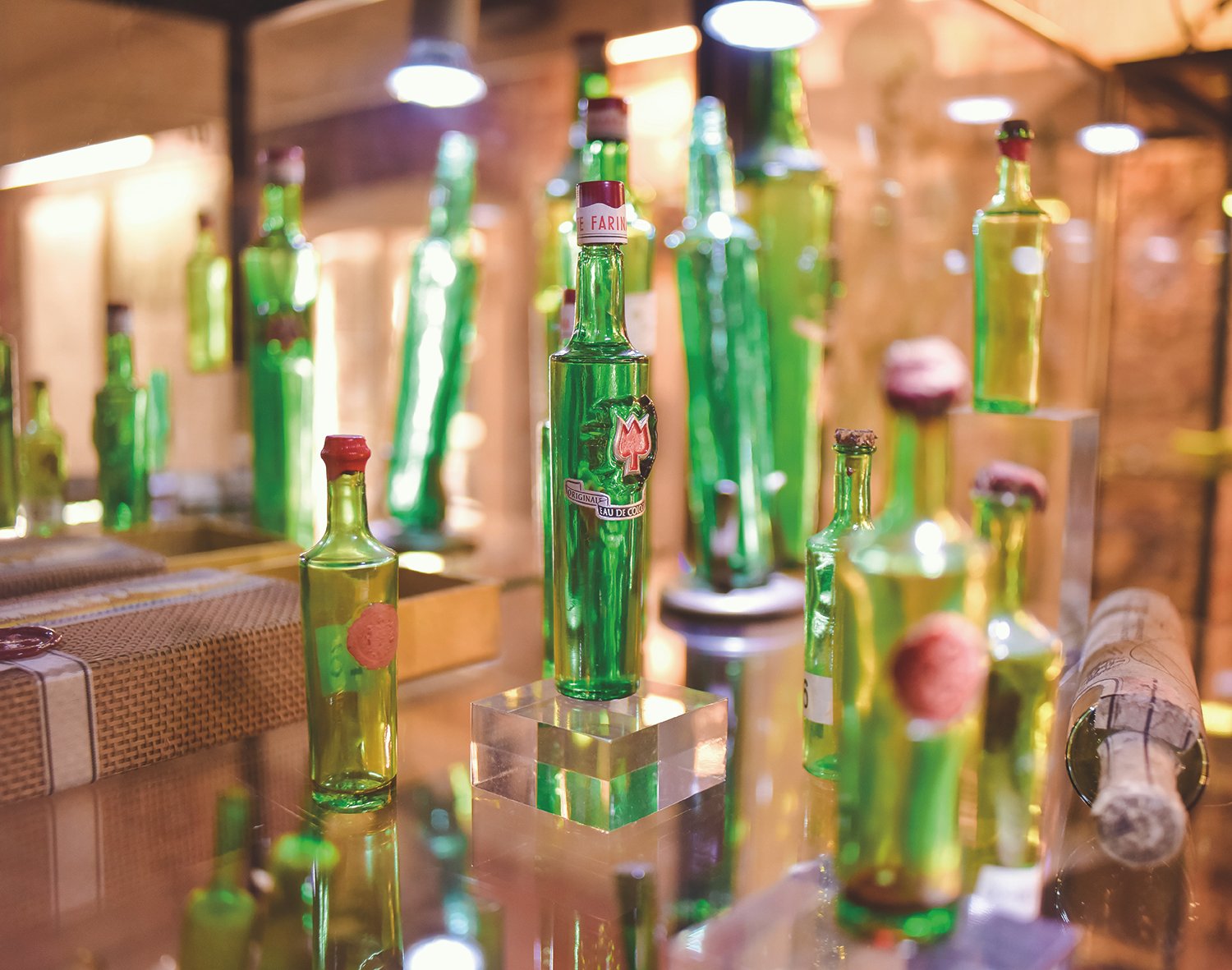In 1709, Italian-born perfumer Johann Maria Farina established what has become the world’s oldest and most iconic fragrance company – Johann Maria Farina gegenüber dem Jülichs-Platz GmbH.
He named his fragrance Eau de Cologne in honour of his hometown Cologne, and in doing so, immortalised the city for its links to the perfume industry. Farina and his legacy is honoured to this day with a statue at the Cologne town hall.
No patent rights existed in the 18th century, so many imitations of Farina’s perfume quickly entered circulation. It is for this reason that Eau de Cologne is now officially designated as a perfume category. Farina once described his fragrance in a letter: “My fragrance is reminiscent of a spring morning in Italy after the rain; of oranges, lemons, grapefruit, bergamot, and blooms and herbs. It gives me great refreshment, strengthens my senses and imagination.” His fragrance became an indispensable accessory to all Europe’s royal courts. His most famous clients included the German poet Goethe, Napoleon Bonaparte and his sister Pauline, and Queen Victoria – with a single flacon costing the equivalent of six months servant’s salary.
Today, the eighth generation of the Farina family still produces Eau de Cologne according to the original formula from 1709. The delicate fragrance reveals the finest citrus notes. The first aroma provides refreshing bergamot followed by tender jasmine and violet, smoothed by warm sandalwood and olibanum. Farina 1709 Eau de Cologne is elegant and subtle, a timeless perfume for both men and women, with only the most premium-quality essences used for the composition of this unique fragrance.
Essence of creativity
The Farina Fragrance Museum in Cologne brings to life over 300 years of perfume history, with artefacts, photographs and furniture illustrating the city’s connection to the Farina perfume dynasty. At the perfume organ, visitors are invited to try different essences, while the tour guide explains what makes each fragrance unique. The guide offers detailed descriptions of how the fragrance is achieved – from the extraction process to the development process. Perfect for the curious mind, the museum offers a fascinating portrayal of the creativity, effort and talent of a perfumer.
Further information

